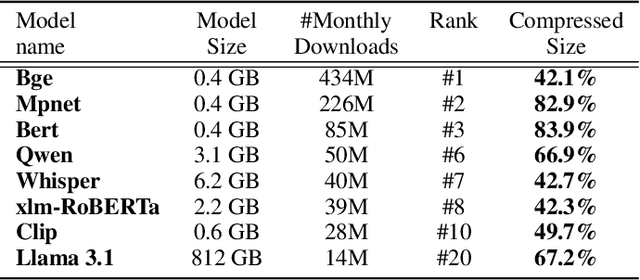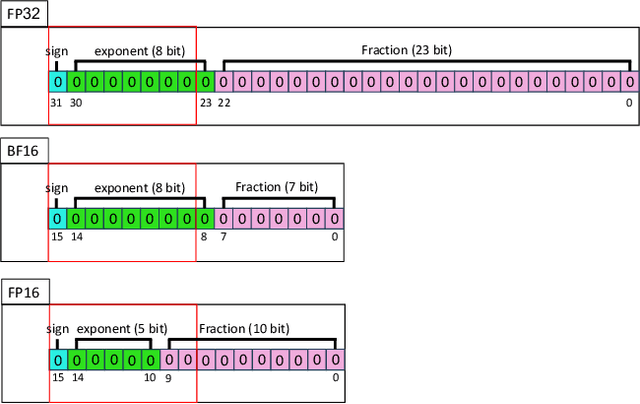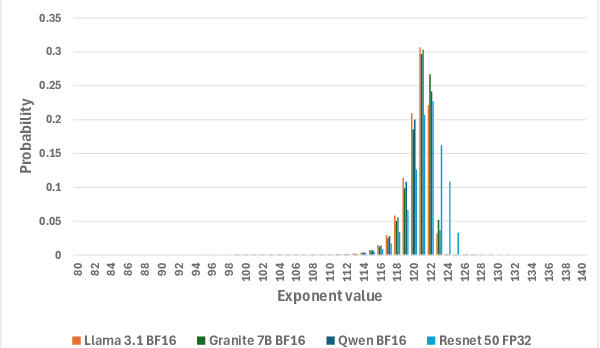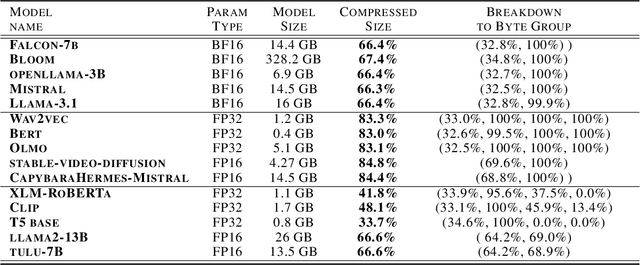Peter Chin
PoolFlip: A Multi-Agent Reinforcement Learning Security Environment for Cyber Defense
Aug 27, 2025Abstract:Cyber defense requires automating defensive decision-making under stealthy, deceptive, and continuously evolving adversarial strategies. The FlipIt game provides a foundational framework for modeling interactions between a defender and an advanced adversary that compromises a system without being immediately detected. In FlipIt, the attacker and defender compete to control a shared resource by performing a Flip action and paying a cost. However, the existing FlipIt frameworks rely on a small number of heuristics or specialized learning techniques, which can lead to brittleness and the inability to adapt to new attacks. To address these limitations, we introduce PoolFlip, a multi-agent gym environment that extends the FlipIt game to allow efficient learning for attackers and defenders. Furthermore, we propose Flip-PSRO, a multi-agent reinforcement learning (MARL) approach that leverages population-based training to train defender agents equipped to generalize against a range of unknown, potentially adaptive opponents. Our empirical results suggest that Flip-PSRO defenders are $2\times$ more effective than baselines to generalize to a heuristic attack not exposed in training. In addition, our newly designed ownership-based utility functions ensure that Flip-PSRO defenders maintain a high level of control while optimizing performance.
MA-RAG: Multi-Agent Retrieval-Augmented Generation via Collaborative Chain-of-Thought Reasoning
May 26, 2025Abstract:We present MA-RAG, a Multi-Agent framework for Retrieval-Augmented Generation (RAG) that addresses the inherent ambiguities and reasoning challenges in complex information-seeking tasks. Unlike conventional RAG methods that rely on either end-to-end fine-tuning or isolated component enhancements, MA-RAG orchestrates a collaborative set of specialized AI agents: Planner, Step Definer, Extractor, and QA Agents, to tackle each stage of the RAG pipeline with task-aware reasoning. Ambiguities may arise from underspecified queries, sparse or indirect evidence in retrieved documents, or the need to integrate information scattered across multiple sources. MA-RAG mitigates these challenges by decomposing the problem into subtasks, such as query disambiguation, evidence extraction, and answer synthesis, and dispatching them to dedicated agents equipped with chain-of-thought prompting. These agents communicate intermediate reasoning and progressively refine the retrieval and synthesis process. Our design allows fine-grained control over information flow without any model fine-tuning. Crucially, agents are invoked on demand, enabling a dynamic and efficient workflow that avoids unnecessary computation. This modular and reasoning-driven architecture enables MA-RAG to deliver robust, interpretable results. Experiments on multi-hop and ambiguous QA benchmarks demonstrate that MA-RAG outperforms state-of-the-art training-free baselines and rivals fine-tuned systems, validating the effectiveness of collaborative agent-based reasoning in RAG.
Quantitative Resilience Modeling for Autonomous Cyber Defense
Mar 04, 2025Abstract:Cyber resilience is the ability of a system to recover from an attack with minimal impact on system operations. However, characterizing a network's resilience under a cyber attack is challenging, as there are no formal definitions of resilience applicable to diverse network topologies and attack patterns. In this work, we propose a quantifiable formulation of resilience that considers multiple defender operational goals, the criticality of various network resources for daily operations, and provides interpretability to security operators about their system's resilience under attack. We evaluate our approach within the CybORG environment, a reinforcement learning (RL) framework for autonomous cyber defense, analyzing trade-offs between resilience, costs, and prioritization of operational goals. Furthermore, we introduce methods to aggregate resilience metrics across time-variable attack patterns and multiple network topologies, comprehensively characterizing system resilience. Using insights gained from our resilience metrics, we design RL autonomous defensive agents and compare them against several heuristic baselines, showing that proactive network hardening techniques and prompt recovery of compromised machines are critical for effective cyber defenses.
VoD-3DGS: View-opacity-Dependent 3D Gaussian Splatting
Jan 31, 2025



Abstract:Reconstructing a 3D scene from images is challenging due to the different ways light interacts with surfaces depending on the viewer's position and the surface's material. In classical computer graphics, materials can be classified as diffuse or specular, interacting with light differently. The standard 3D Gaussian Splatting model struggles to represent view-dependent content, since it cannot differentiate an object within the scene from the light interacting with its specular surfaces, which produce highlights or reflections. In this paper, we propose to extend the 3D Gaussian Splatting model by introducing an additional symmetric matrix to enhance the opacity representation of each 3D Gaussian. This improvement allows certain Gaussians to be suppressed based on the viewer's perspective, resulting in a more accurate representation of view-dependent reflections and specular highlights without compromising the scene's integrity. By allowing the opacity to be view dependent, our enhanced model achieves state-of-the-art performance on Mip-Nerf, Tanks&Temples, Deep Blending, and Nerf-Synthetic datasets without a significant loss in rendering speed, achieving >60FPS, and only incurring a minimal increase in memory used.
Teaching Wav2Vec2 the Language of the Brain
Jan 16, 2025



Abstract:The decoding of continuously spoken speech from neuronal activity has the potential to become an important clinical solution for paralyzed patients. Deep Learning Brain Computer Interfaces (BCIs) have recently successfully mapped neuronal activity to text contents in subjects who attempted to formulate speech. However, only small BCI datasets are available. In contrast, labeled data and pre-trained models for the closely related task of speech recognition from audio are widely available. One such model is Wav2Vec2 which has been trained in a self-supervised fashion to create meaningful representations of speech audio data. In this study, we show that patterns learned by Wav2Vec2 are transferable to brain data. Specifically, we replace its audio feature extractor with an untrained Brain Feature Extractor (BFE) model. We then execute full fine-tuning with pre-trained weights for Wav2Vec2, training ''from scratch'' without pre-trained weights as well as freezing a pre-trained Wav2Vec2 and training only the BFE each for 45 different BFE architectures. Across these experiments, the best run is from full fine-tuning with pre-trained weights, achieving a Character Error Rate (CER) of 18.54\%, outperforming the best training from scratch run by 20.46\% and that of frozen Wav2Vec2 training by 15.92\% percentage points. These results indicate that knowledge transfer from audio speech recognition to brain decoding is possible and significantly improves brain decoding performance for the same architectures. Related source code is available at https://github.com/tfiedlerdev/Wav2Vec2ForBrain.
Explore Reinforced: Equilibrium Approximation with Reinforcement Learning
Dec 02, 2024


Abstract:Current approximate Coarse Correlated Equilibria (CCE) algorithms struggle with equilibrium approximation for games in large stochastic environments but are theoretically guaranteed to converge to a strong solution concept. In contrast, modern Reinforcement Learning (RL) algorithms provide faster training yet yield weaker solutions. We introduce Exp3-IXrl - a blend of RL and game-theoretic approach, separating the RL agent's action selection from the equilibrium computation while preserving the integrity of the learning process. We demonstrate that our algorithm expands the application of equilibrium approximation algorithms to new environments. Specifically, we show the improved performance in a complex and adversarial cybersecurity network environment - the Cyber Operations Research Gym - and in the classical multi-armed bandit settings.
ZipNN: Lossless Compression for AI Models
Nov 07, 2024



Abstract:With the growth of model sizes and the scale of their deployment, their sheer size burdens the infrastructure requiring more network and more storage to accommodate these. While there is a vast model compression literature deleting parts of the model weights for faster inference, we investigate a more traditional type of compression - one that represents the model in a compact form and is coupled with a decompression algorithm that returns it to its original form and size - namely lossless compression. We present ZipNN a lossless compression tailored to neural networks. Somewhat surprisingly, we show that specific lossless compression can gain significant network and storage reduction on popular models, often saving 33% and at times reducing over 50% of the model size. We investigate the source of model compressibility and introduce specialized compression variants tailored for models that further increase the effectiveness of compression. On popular models (e.g. Llama 3) ZipNN shows space savings that are over 17% better than vanilla compression while also improving compression and decompression speeds by 62%. We estimate that these methods could save over an ExaByte per month of network traffic downloaded from a large model hub like Hugging Face.
Reward-RAG: Enhancing RAG with Reward Driven Supervision
Oct 03, 2024



Abstract:In this paper, we introduce Reward-RAG, a novel approach designed to enhance the Retrieval-Augmented Generation (RAG) model through Reward-Driven Supervision. Unlike previous RAG methodologies, which focus on training language models (LMs) to utilize external knowledge retrieved from external sources, our method adapts retrieval information to specific domains by employing CriticGPT to train a dedicated reward model. This reward model generates synthesized datasets for fine-tuning the RAG encoder, aligning its outputs more closely with human preferences. The versatility of our approach allows it to be effectively applied across various domains through domain-specific fine-tuning. We evaluate Reward-RAG on publicly available benchmarks from multiple domains, comparing it to state-of-the-art methods. Our experimental results demonstrate significant improvements in performance, highlighting the effectiveness of Reward-RAG in improving the relevance and quality of generated responses. These findings underscore the potential of integrating reward models with RAG to achieve superior outcomes in natural language generation tasks.
Can Language Models Take A Hint? Prompting for Controllable Contextualized Commonsense Inference
Oct 03, 2024


Abstract:Generating commonsense assertions within a given story context remains a difficult task for modern language models. Previous research has addressed this problem by aligning commonsense inferences with stories and training language generation models accordingly. One of the challenges is determining which topic or entity in the story should be the focus of an inferred assertion. Prior approaches lack the ability to control specific aspects of the generated assertions. In this work, we introduce "hinting," a data augmentation technique that enhances contextualized commonsense inference. "Hinting" employs a prefix prompting strategy using both hard and soft prompts to guide the inference process. To demonstrate its effectiveness, we apply "hinting" to two contextual commonsense inference datasets: ParaCOMET and GLUCOSE, evaluating its impact on both general and context-specific inference. Furthermore, we evaluate "hinting" by incorporating synonyms and antonyms into the hints. Our results show that "hinting" does not compromise the performance of contextual commonsense inference while offering improved controllability.
AAPM: Large Language Model Agent-based Asset Pricing Models
Sep 25, 2024



Abstract:In this study, we propose a novel asset pricing approach, LLM Agent-based Asset Pricing Models (AAPM), which fuses qualitative discretionary investment analysis from LLM agents and quantitative manual financial economic factors to predict excess asset returns. The experimental results show that our approach outperforms machine learning-based asset pricing baselines in portfolio optimization and asset pricing errors. Specifically, the Sharpe ratio and average $|\alpha|$ for anomaly portfolios improved significantly by 9.6\% and 10.8\% respectively. In addition, we conducted extensive ablation studies on our model and analysis of the data to reveal further insights into the proposed method.
 Add to Chrome
Add to Chrome Add to Firefox
Add to Firefox Add to Edge
Add to Edge